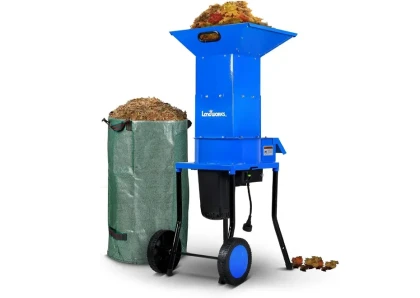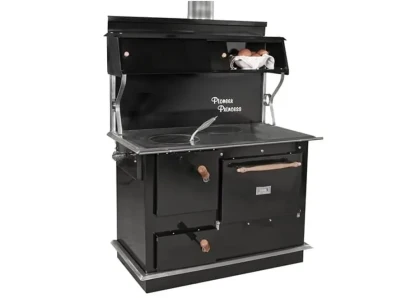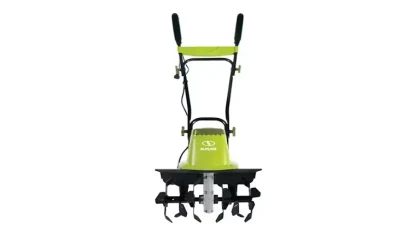
Wholesale Rough Cut Lumber
Overview
Wholesale rough cut lumber is a type of lumber that has been cut from logs but has not been planed or surfaced. This means that the lumber still has its natural bark and roughness, and it may have knots, cracks, or other imperfections.
Wholesale rough cut lumber is often used by woodworkers because it is less expensive than finished lumber. Finished lumber has been planed and surfaced to a smooth finish, and it may have been treated with chemicals to protect it from decay or insects. This process makes finished lumber more expensive, but it also makes it smoother and more uniform in appearance.
Wholesale rough cut lumber is also more versatile than finished lumber. Because it has not been planed or surfaced, wholesale rough cut lumber can be used in a variety of applications. For example, it can be used to make furniture, cabinetry, paneling, decks, fences, toys, and decorative objects.
The specific applications for wholesale rough cut lumber will vary depending on the species of wood and the size and thickness of the lumber. For example, thicker lumber is often used for structural applications, while thinner lumber is often used for furniture and cabinetry.
When choosing wholesale rough cut lumber, it is important to consider the species of wood. Some species of wood are more durable than others, and some species have a more attractive natural appearance. It is also important to consider the size and thickness of the lumber. The size and thickness of the lumber will affect the strength and stability of the finished product.
Wholesale rough cut lumber can be a great option for woodworkers who are looking for a less expensive and more versatile type of lumber. However, it is important to be aware of the limitations of wholesale rough cut lumber. The lumber may not be as smooth or uniform as finished lumber, and it may have knots, cracks, or other imperfections.
What are the trees used for wholesale rough cut lumber?
Rough Cut Lumber varies greatly, depending upon the species of the tree it originates from. Some popular varieties include Oak, Pine, Cedar, and Cherry. Each type has its unique texture, color, and hardness, thus making them suitable for various applications.
Hardwoods- Oak Known for its great strength and hardness, Oak Rough Cut Lumber also offers distinct grain markings. It's often used in furniture, flooring, and construction.
- Cherry Cherry Rough Cut Lumber is prized for its rich color and smooth grain. It's ideal for fine furniture and cabinetry.
- Maple: With its hardness and shock resistance, Maple Rough Cut Lumber is often used for heavy-duty items like workbenches and butcher blocks.
- Walnut: Featuring a rich, dark color, Walnut Rough Cut Lumber is a popular choice for high-quality furniture and decorative items.
- Pine: Pine Rough Cut Lumber is lightweight yet durable. It's commonly used for construction, paneling, and furniture.
- Cedar: Renowned for its resistance to decay, Cedar Rough Cut Lumber is often used for outdoor applications like decking and fencing.
- Douglas Fir: With a good strength-to-weight ratio, Douglas Fir Rough Cut Lumber is widely used in construction.
- Spruce: This light-colored wood is commonly used for indoor applications, like furniture and paneling.
Each variety of Rough Cut Lumber brings its unique attributes of texture, color, and hardness, making them suitable for a diverse range of applications.
What wood products can be made from rough cut lumber?
Rough cut lumber can be used to make a variety of wood products, including furniture, cabinetry, paneling, decks, fences, toys, and decorative objects. The specific applications for rough cut lumber will vary depending on the species of wood and the size and thickness of the lumber.
- Furniture: Rough cut lumber can be used to make a variety of furniture, such as tables, chairs, beds, and cabinets. The natural beauty of rough cut lumber can be used to create unique and rustic furniture pieces.
- Cabinetry: Rough cut lumber can also be used to make cabinetry, such as kitchen cabinets, bathroom vanities, and bookshelves. The ruggedness of rough cut lumber can make it a good choice for cabinetry that will be exposed to moisture or wear and tear.
- Paneling: Rough cut lumber can be used to make paneling, which can be used to cover walls or ceilings. The natural beauty of rough cut lumber can add a touch of warmth and character to a room.
- Decks: Rough cut lumber can be used to make decks, which are a great way to add outdoor living space to a home. The durability of rough cut lumber makes it a good choice for decks that will be exposed to the elements.
- Fences: Rough cut lumber can also be used to make fences, which are a great way to define property lines and add privacy to a yard.
- Toys: Rough cut lumber can be used to make toys, such as swings, sandboxes, and playhouses. The natural beauty of rough cut lumber can make it a fun and safe material for children to play with.
- Decorative objects: Rough cut lumber can also be used to make decorative objects, such as cutting boards, coasters, and sculptures. The natural beauty of rough cut lumber can add a touch of rustic charm to any home.
What are the ideal size and applications of Wholesale Rough Cut Lumber?
The ideal size and applications of wholesale rough cut lumber will vary depending on the species of wood and the needs of the project. However, some general guidelines can be followed. For example, thicker lumber is often used for structural applications, while thinner lumber is often used for furniture and cabinetry.
Benefits of Wholesale Rough Cut Lumber
- Cost-effectiveness: Rough cut lumber is often less expensive than finished lumber.
- Versatility: Rough cut lumber can be used in a variety of applications.
- Natural beauty: The natural beauty of rough cut lumber is often appreciated by woodworkers.
Cons of Wholesale Rough Cut Lumber
- Rough cut lumber requires more work to prepare than finished lumber.
- Rough cut lumber is not as smooth as finished lumber.
- Rough cut lumber may have defects, such as knots or cracks.
Treated options for Wholesale Rough Cut Lumber
Rough cut lumber can be treated with a variety of chemicals to protect it from decay and insect damage. Some of the most common treatments include pressure treating, fire retardant treatment, and water repellant treatment.
Additional tips for using Wholesale Rough Cut Lumber
- Choose the right species of wood: The species of wood will affect the strength, durability, and appearance of the finished product.
- Consider the size and thickness of the lumber: The size and thickness of the lumber will affect the strength and stability of the finished product.
- Prepare the lumber properly: Rough cut lumber must be prepared properly before it can be used. This includes sanding, planing, and staining or finishing.
Where can I buy Wholesale Rough Cut Lumber?
Discover high-quality wholesale rough cut lumber at Forestry. Trust us to provide top-notch options that meet your wholesale rough cut lumber needs. With our commitment to quality and customer satisfaction, find the perfect wholesale rough cut lumber for your project. Contact us now to explore our extensive selection.
- We offer wholesale and bulk buying options for rough cut lumber
- Wide variety of wholesale rough cut lumber
- Variety of grades and treatment options
- Knowledgeable team
- On-time completion
- Satisfaction guarantee
FAQs
- What is the difference between rough cut lumber and finished lumber?
- What is the best way to prepare rough cut lumber for use?
- What are some common problems with rough cut lumber?
Rough cut lumber is lumber that has been cut from logs but has not been planed or surfaced. Finished lumber is lumber that has been planed, surfaced, and sanded to a smooth finish.
The best way to prepare rough cut lumber for use will vary depending on the specific application. However, some general guidelines include sanding, planing, and staining or finishing.
Some common problems with rough cut lumber include knots, cracks, and warping. These problems can be minimized by choosing the right species of wood and by preparing the lumber properly.
No listings available
Related Products
Questions & Answers
What do you want to know about this product?
Reviews (5)
LumberMaster99
Unbeatable Prices and Quality
The Wholesale Rough Cut Lumber I purchased offered unbeatable prices without compromising on quality. It was the perfect choice for my large-scale project.
TimberPro77
Reliable Supplier, Seamless Experience
The supplier provided a seamless experience with their Wholesale Rough Cut Lumber. The quality was consistent, and their expertise ensured a successful project.
CutToPerfection63
Exceptional Customization Options
The Wholesale Rough Cut Lumber I purchased allowed for precise customization to fit my project needs perfectly. Their attention to detail was impressive.
SavvyBuilder27
Cost-Efficient and Dependable
The Wholesale Rough Cut Lumber I obtained offered competitive pricing and reliable supply. The quality and service exceeded my expectations.
LumberDealMaker
Valuable Long-Term Partnership
Partnering with a trusted supplier for Wholesale Rough Cut Lumber was a game-changer. Their expertise, personalized service, and volume discounts made them my go-to supplier.












